
Join The Sandwich Universe co-hosts (and longtime BFFs) Molly Baz and Declan Bond as they dive deep into beloved, iconic sandwiches.
Listen NowPopular on Food52
Continue After Advertisement
33 Comments
Bklynbookgrrl
March 30, 2018
I've made this now almost a dozen times-and it's wonderful, and easy. You do need a bit of mental space to be able to keep an eye on it. I utilize the towel in the oven method/with the light on, as low as it can go and it's worked every time (so far, so good!) I strain in the fridge-sometimes over night-to get the thick creamy texture. Thanks so much for sharing this recipe!
Hope
May 20, 2017
My yogurt ends up being a bit chunky. I was able to get most of them out by whisking but its still not as creamy as I dreamed. Can you tell me where I went wrong? I used the oven method.
Joyember
March 15, 2016
Hi, I live in the UK and put the warmed milk in a thermos flask which I wrap in a thick bath towel. I leave it for at least 24 hours before cooling then straining through a jelly bag or Muslim cloth. It's perfect every time.
Bithika
March 13, 2016
Hey!
Thank you for sharing this wonderful recipe. I have been trying to make yogurt and once it was a success. But now it just does not happen. Can you please tell me more in detail how to maintain a constant temperature of 110 F when the yogurt in the process? I am in Rochester, MN and it is pretty cool outside, I tried keeping the jar in the wall oven so that it is shielded from the cool temperature.
Please advise.
Thank you for sharing this wonderful recipe. I have been trying to make yogurt and once it was a success. But now it just does not happen. Can you please tell me more in detail how to maintain a constant temperature of 110 F when the yogurt in the process? I am in Rochester, MN and it is pretty cool outside, I tried keeping the jar in the wall oven so that it is shielded from the cool temperature.
Please advise.
Panfusine
March 13, 2016
If your wall has a 'Proof' setting, its ideal for surefire yogurt, no matter what the temperature.
Mickey0627
March 13, 2016
I put the light on in my oven while the milk is cooling. Once the milk has cooled and the culture has been added, I pour it into glass jars. I then put the jars into the oven and keep the light on. This keeps the oven at about 100 degrees, just perfect for yogurt.
stefano
July 29, 2015
hi there!
sorry, but you can use ultra pasteurized milk (UHT).
as a matter of fact, it guarantees a firmer yogurt and does not require to heat the milk at 180 degrees (but you still have to warm the milk up to 100/110 for faster results).
the point is that milk contains (naturally) a bacteria that fights the lactobacillus. this bacteria is killed at 180-185, allowing the lactobacillus to thrive.
if u don't heat the milk up, you'll give the lactobacillus a tougher life. in the UHT process, that bacteria has been killed already.
i personally prefer to use whole organic milk, possibly non pasturized (difficult to find if u don't know a farmer), and do the whole thing myself, but i've used and occasionally still use UHT milk.
sorry, but you can use ultra pasteurized milk (UHT).
as a matter of fact, it guarantees a firmer yogurt and does not require to heat the milk at 180 degrees (but you still have to warm the milk up to 100/110 for faster results).
the point is that milk contains (naturally) a bacteria that fights the lactobacillus. this bacteria is killed at 180-185, allowing the lactobacillus to thrive.
if u don't heat the milk up, you'll give the lactobacillus a tougher life. in the UHT process, that bacteria has been killed already.
i personally prefer to use whole organic milk, possibly non pasturized (difficult to find if u don't know a farmer), and do the whole thing myself, but i've used and occasionally still use UHT milk.
Can't L.
March 7, 2014
I make yogurt with 2% organic milk. I follow the oven method with light on and keep it overnight. It is not as thick as the store bought yogurt. to improve the thickness/creaminess I add 1/3-1/2 cup of non-fat milk powder for 3 cups of milk. It always turns out tastier and texturally more pleasing than store bought stuff.
Panfusine
March 6, 2014
Kefir is a great starter culture. I usually set subsequent yogurt batches with the previous batch. Also, if your oven has a 'proof' setting, that's ideal to let the mixture sit in to set as yogurt.
Amy S.
March 6, 2014
I make yogurt a gallon at a time in glass jars in my Brod and Taylor Folding Proofer. You can set the machine to precise temps and make yogurt with any kind of milk. I've found that their recipe for culturing at 86 degrees after holding it at 115 for 1 hour results in perfect yogurt. Some makers give you lumpy results from culturing too hot. I swear this is the best. http://brodandtaylor.com/
Count M.
March 5, 2014
I have an insulated shopping bag, and I put my milk/culture mix in mason jars, then fill another jar with boiling water, and zip the three jars up in the insulated bag. It works great. I personally like it quite thick and sour, so I often leave it for 8-10 hours!
Rodney B.
March 5, 2014
Very interesting that you recommend not to use ultra-pasteurized milk. I use it for my yogurt quite often and it always turns out great.
MaryCr8on
June 7, 2012
This didn't set for me, what do I do with it now? Can it be fixed or can I use the liquid for something else? I used Fage yogurt with skim milk in my crock pot.
Dianne N.
June 4, 2012
My dad, Armenian descent, always swore by Stoneyfield plain yogurt as a starter. He always had madzoon (yogurt) in the fridge and it was firm and wonderful. When I made yogurt I followed his lead with no more than 1/4 cup of starter per half gallon milk and left it overnight in the oven (I had a pilot light). It would always be thick, tart, and perfect. I now have an electric Viking oven with no pilot light. I'm hoping the oven light (tested out overnight at 100 F) will work. Wish me luck.
MicronCat
June 19, 2012
Hey Dianne, how did your experiment turn out? I don't have a pilot light either. Last time I made yogurt, I put the pot of milk on the heating pad turned to the lowest setting, and wrapped the whole shebang in a towel to sit on the counter overnight. Worked pretty well.
barbara-jean
June 4, 2012
I'm wondering if you could use goat's milk instead of cow's or maybe even rice milk, does anyone know, thanks
alana_chernila
June 4, 2012
Hi Barbara-Jean,
You can absolutely use goat's milk, but it has a harder time firming up, so most people add some sort of thickener to the mixture when they add the culture. You could use arrowroot powder or tapioca starch--I know that many commercial goat yogurts use tapioca starch. And yes, you can use rice milk, too! I don't have a lot of experience making yogurt with alternative milks, but I do know that it works, and that you have to use a new starter every time (as opposed to with dairy, when you can use some of your last batch for your new starter). But if anyone has any more guidance on this, that would be great!
You can absolutely use goat's milk, but it has a harder time firming up, so most people add some sort of thickener to the mixture when they add the culture. You could use arrowroot powder or tapioca starch--I know that many commercial goat yogurts use tapioca starch. And yes, you can use rice milk, too! I don't have a lot of experience making yogurt with alternative milks, but I do know that it works, and that you have to use a new starter every time (as opposed to with dairy, when you can use some of your last batch for your new starter). But if anyone has any more guidance on this, that would be great!
Mickey0627
June 3, 2012
I put my jars in the oven. Heat the oven to 350 for 1 minute, and turn the light in the oven on. After 1 minute I turn the oven off, but keep the light on. After the culture has been added to the milk, I take out the jars, pour the milk into the jars and put them back into the oven for about 7 hours. The light keeps the oven at the perfect temperature.
reddragon
June 3, 2012
Like Maureen and cantaloupealone, yogurt is part of my heritage. Every time I feel a twinge of doubt when I make yogurt ( did I heat it enough? did I culture it long enough), I remind myself that thousands of women make yogurt in thousands of villages every day, without any electricity or thermometers. I breathe. And it all turns out great. Here's the test for how hot the milk has to be when you add the culture. Can you stick your little finger in it and hold it for a count of five? Yes, of course, my pinky is super clean.
Some days I'm too lazy to stir the milk continuously while heating it, and it will scorch on the bottom. Then I'll be foolish enough to start stirring, loosening all the brown bits. Doesn't matter. I just strain the milk into the pot before adding the culture, and it turns out fine.
I used to leave it overnight to set, and the yogurt would be a bit too sour for my taste. About 5 hours seems right these days.
I strain most of it overnight, in the fridge, covered, to get labneh, which I eat instead of cream cheese in the mornings.
By the way, calling this Greek yogurt is a somewhat annoying advertising gimmick, given how widespread strained yogurt is in the Middle East and the Caucasus. I think it reflects the prejudice that Europe, and therefore civiization, stops at the eastern border of Greece. Sigh.
Some days I'm too lazy to stir the milk continuously while heating it, and it will scorch on the bottom. Then I'll be foolish enough to start stirring, loosening all the brown bits. Doesn't matter. I just strain the milk into the pot before adding the culture, and it turns out fine.
I used to leave it overnight to set, and the yogurt would be a bit too sour for my taste. About 5 hours seems right these days.
I strain most of it overnight, in the fridge, covered, to get labneh, which I eat instead of cream cheese in the mornings.
By the way, calling this Greek yogurt is a somewhat annoying advertising gimmick, given how widespread strained yogurt is in the Middle East and the Caucasus. I think it reflects the prejudice that Europe, and therefore civiization, stops at the eastern border of Greece. Sigh.
FrancesE
June 3, 2012
"Back in the day" starting in the early 70's, I had the old Salton yogurt maker. I was into all of it, baking my own bread, growing and canning vegies, etc. Now I have a Euro Cuisine yogurt maker, buy vegies, meats, eggs, cheese and bread from local farmers. It's all good.
Maureen A.
June 3, 2012
Wonderful! I make yogurt every week, which is traditional Lebanese laban, then strain it for the thicker labneh. Try placing the milk with the starter in it (right in the pot you cooked it in) into a barely warmed oven (turned oven off after warming, then place the pot in) over night. Also, try straining the yogurt to thicken it using food safe paper towel set in a strainer in the sink...the thickened yogurt falls right off the towel and into your bowl with ease. Whisk for a very smooth thick yogurt spread.
kamileon
June 3, 2012
If you want firmer yogurt, keep the milk at 185 degrees for a bit longer, rather than taking it off the heat immediately. The heat helps denature some of the proteins that keep it from setting up. That's why raw milk yogurt is so runny, because it's never been pasteurized. I personally don't like the taste of non-fat dry milk as a thickener (I think it's a bit soapy), but once I started cooking my milk a bit longer at 185, I've gotten very consistently thick, creamy results.
Joyember
June 3, 2012
I always use a thermos flask and next morning I have perfect yoghurt which only needs to be chilled. Joyember
cookingProf
June 1, 2012
I mostly used the raw milk method and ended up with thinner than desired yogurt which I then strained. Thanks for the tip on heating the milk to 185 degree first. Also, I avoid using store-bought starter yogurts that contains gelatin which produces a slimy yogurt. I have had good results with Fage Greek yogurt.
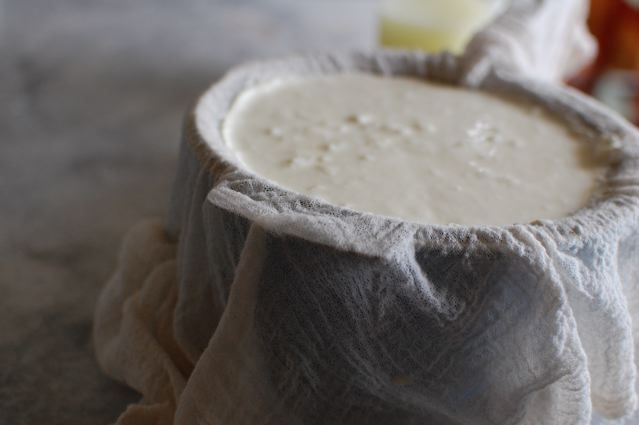
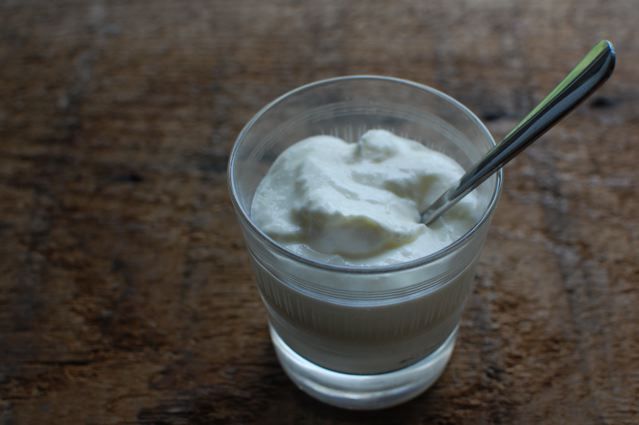
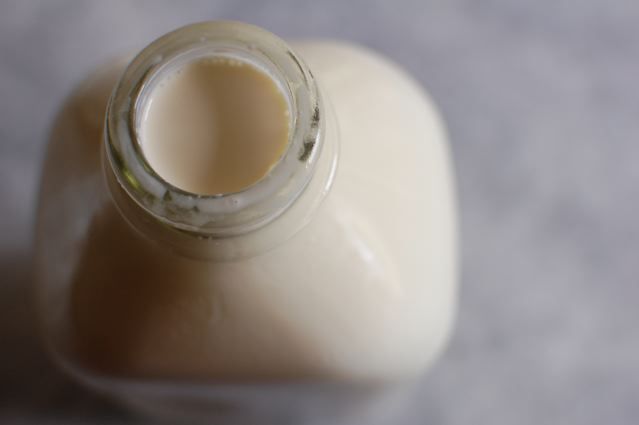
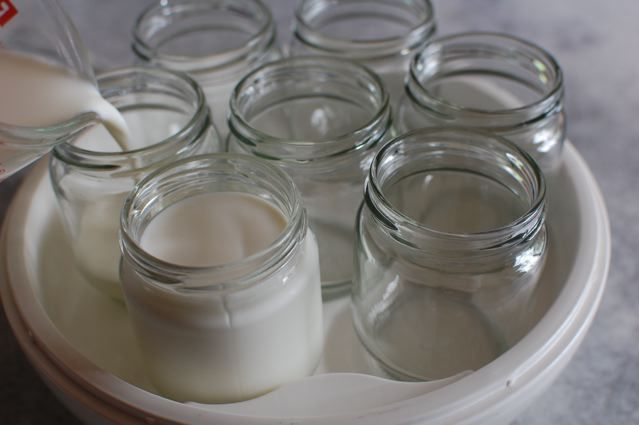
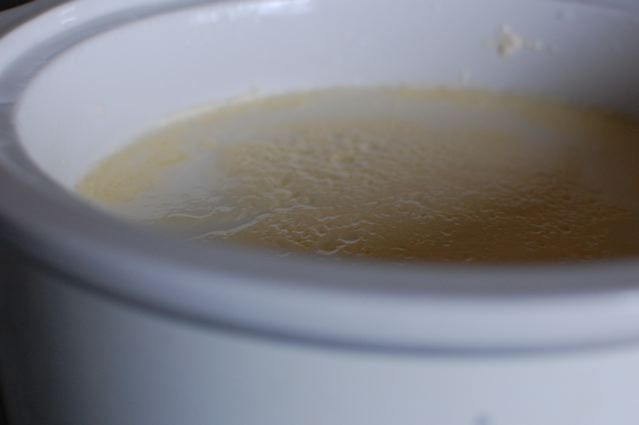

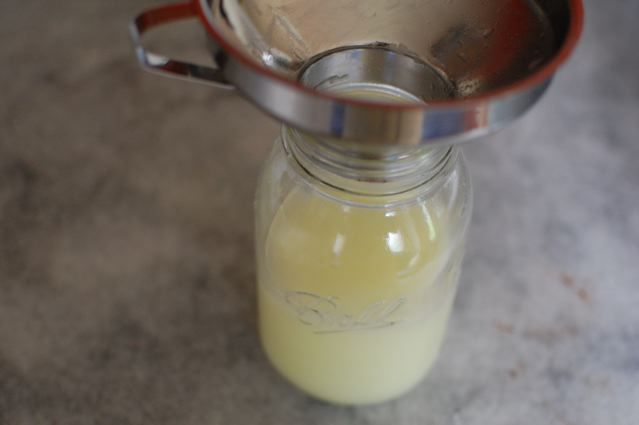
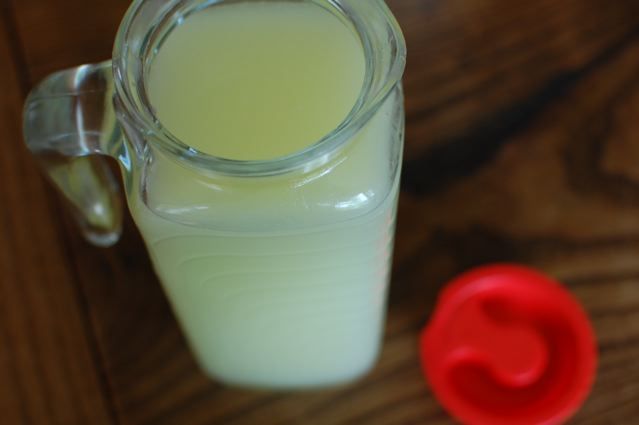

See what other Food52 readers are saying.